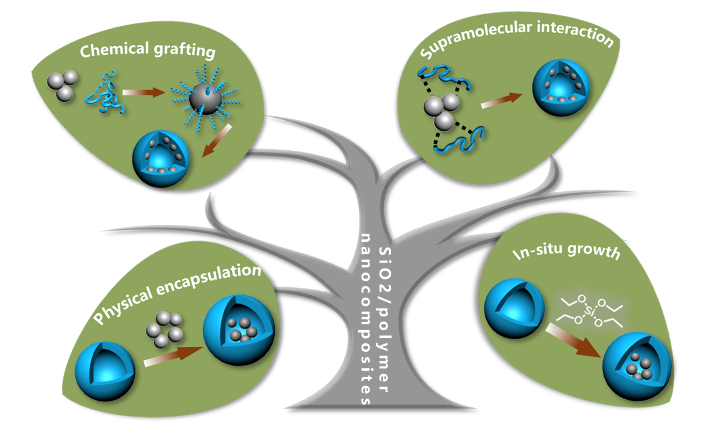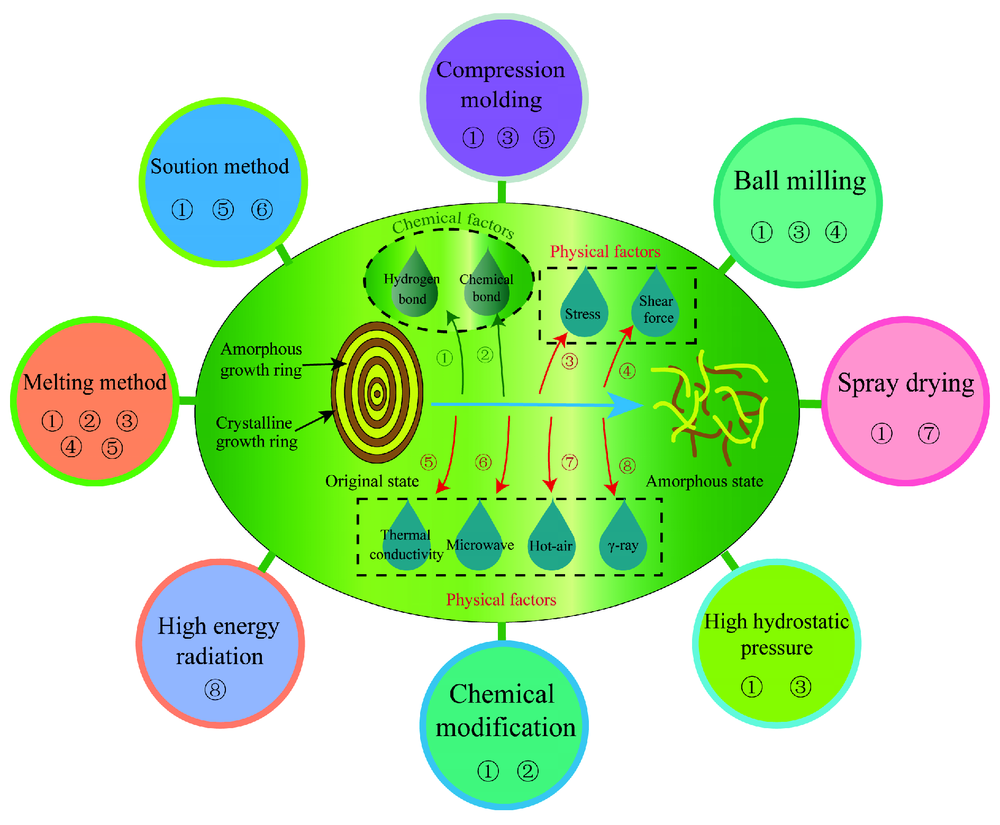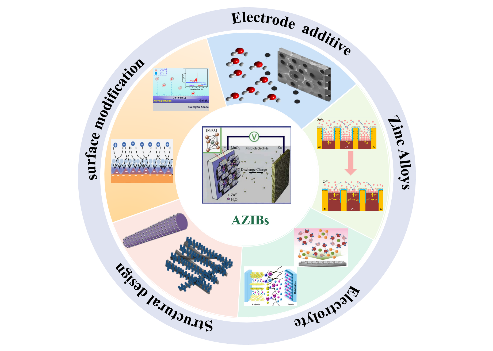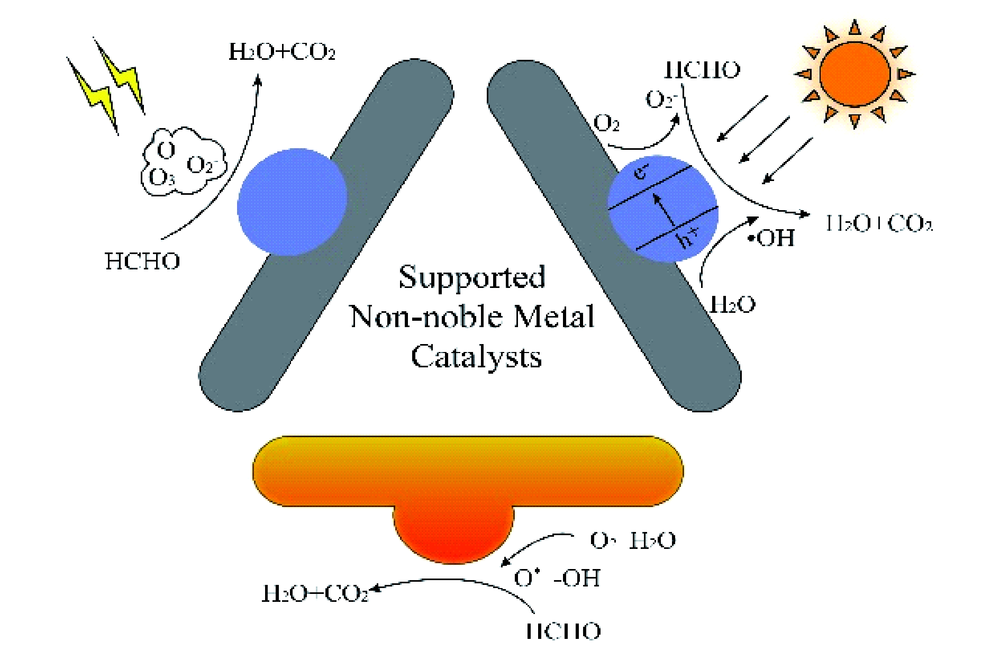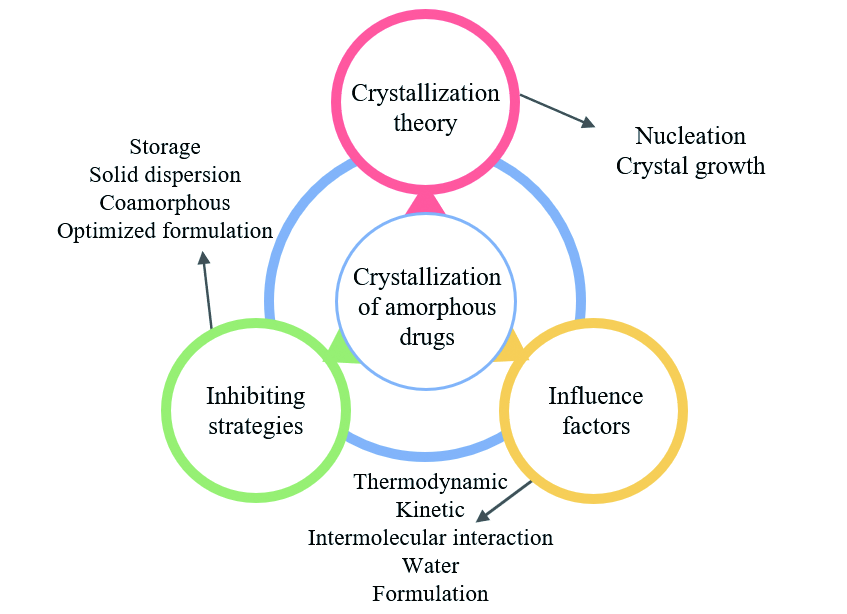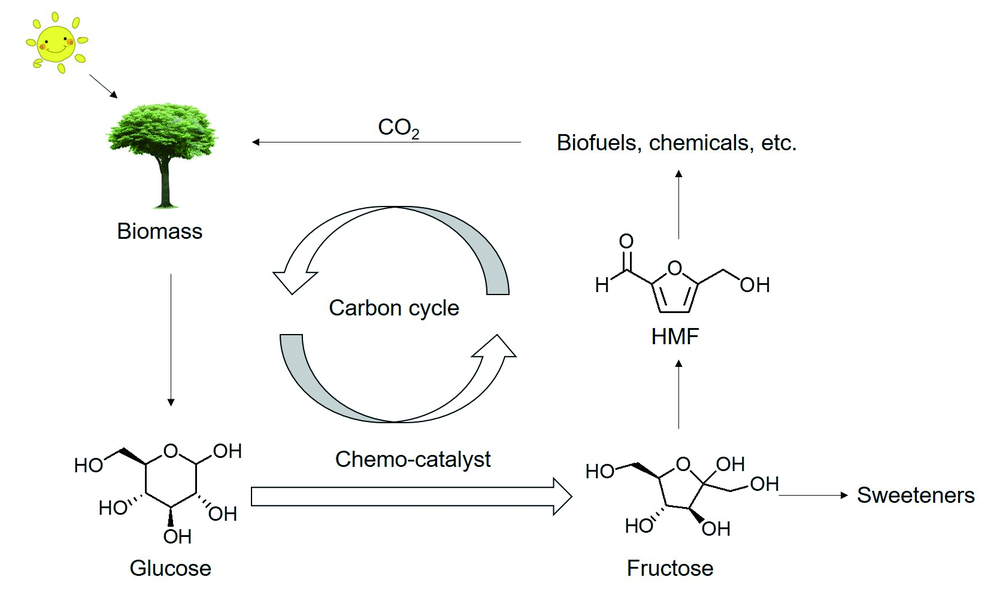Chuxuan Yan, Qinglin Li, Zhengqi Gong, Yingzhi Chen, Luning Wang. Organic Semiconductor Nanostructured Photocatalysts[J]. Progress in Chemistry, 2021, 33(11): 1917-1934.
Organic semiconductors possess various chemical structures and tailored optoelectronic properties via simple chemical modifications, so increasing use of them are found in efficient visible-light photocatalysis. However, the weak chemical bonds and the poor charge behavior(e.g. notoriously low carrier mobility, short life of charge carriers) intrinsic in them, always incur quite limited efficiency and stability. Therefore, the assembly of them into specific nanostructures or nanocomposites is usually proposed to enhance their optoelectronic properties, as well as the photocatalytic efficiency and reliability. Zero-dimensional(0D) nanoparticles are low in size and hence high in specific surface area(SSA) ; one-dimensional(1D) nanostructures are usually arranged in an orderly long range thus leading to low surface defect density and higher carrier mobility; two-dimensional(2D) structures are particularly capable of enhancing the photogenerated charge utilization because of their large reaction sites and shortened charge transport length; The heterogeneous interfaces in the nanocomposites can effectively facilitate the special charge separation. All these emphasize their importance in photocatalytic activity and stability. So far, organic nanostructures are increasingly used in the photocatalytic decomposition of pollutants, CO2 reduction, water splitting into oxygen and hydrogen, etc. In this review, the varied organic nanostructures, properties, mechanistic pathways, and the different photocatalytic applications are summarized, and moreover, the challenges and future outlook are also given.
Contents
1 Introduction
2 Physical and chemical properties of organic semiconductors
3 Photocatalytic process
4 Self-assembly of organic molecules
5 Organic nanostructured photocatalysts
5.1 Isolated nanostructures
5.2 Binary nanocomposites
5.3 Multiple nanocomposites
6 Application of organic nanostructured photocatalysts
7 Conclusions and outlook












